Researchers by the Multimedia University in Malaysia have conducted an economic feasibility assessment of using mirror reflectors to increase power yield in photovoltaic systems.
Mirror reflectors have been widely used in the past to increase the power generation of solar modules, and they have proven to raise output by between 20% and 30% depending on the season, site of installation and type of reflector. Their application in real projects, however, is still limited due to their costs and the lack of a dedicated industry.
The research group said its work was not only intended to conduct a review of the existing PV reflectors technologies, but also to provide a system design for PV arrays using reflectors.
Prototype
The scientists deployed a system prototype at a sewage treatment site in Malaysia. The system relied on four solar modules with each a power output of 525 W, an efficiency of 20.3%, and a temperature coefficient of -0.35%/C. The reflector had a size of 2.2 m x 1 m.
They conducted a series of tests on the array between February and April 2022. Its performance was compared with that of a reference system without reflectors, with the analysis considering ambient temperature, solar radiation, wind velocity, output energy, and efficiency.
The team said the tests showed that the PV system with the reflector was able to outperform its counterpart without the reflector thanks to an increase in PV power output of 14.57%. Furthermore, it ascertained that the system equipped with the reflector was able to achieve a maximum efficiency of 25.5%, while the reference system reached only a 22.7% efficiency.
“Despite the higher wind velocity in February, which can lower PV temperature and enhance performance, the PV without a reflector installed in February exhibits inferior performance compared to the PV with a reflector installed in April,” they explained.
Economic feasibility
Their economic assessment was based on the cost-effectiveness factor (FCE), which is a parameter that must be considered when designing an enhancer such as a reflector or a cooling technology in PV systems. It establishes if the proposed device adds sufficient power to the PV system as compared to its cost or if getting additional PV is better.
The academics estimated that reflectors for PV applications have an FCE value of 0.955. “It shows that if the cost of the reflector is converted to PV power, and then this power is added to the output of the PV system, it will be lesser than the output power from the PV with a reflector,” they explained.
They concluded that the proposed system is economically feasible under Malaysian climatic conditions. “Hence, extensive research should be conducted to improve the performance of PV reflectors,” they added.
Their findings are available in the study “An economic feasibility assessment of implementing photovoltaic module reflectors under Malaysian meteorological conditions,” published in scientific reports, the research group
This content is protected by copyright and may not be reused. If you want to cooperate with us and would like to reuse some of our content, please contact: editors@pv-magazine.com.
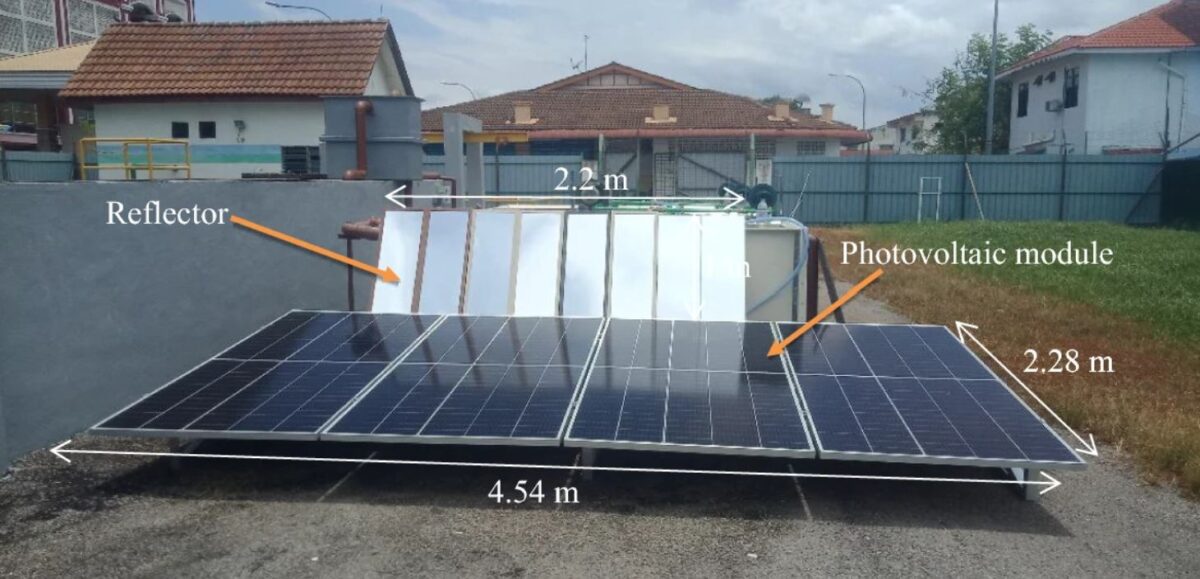
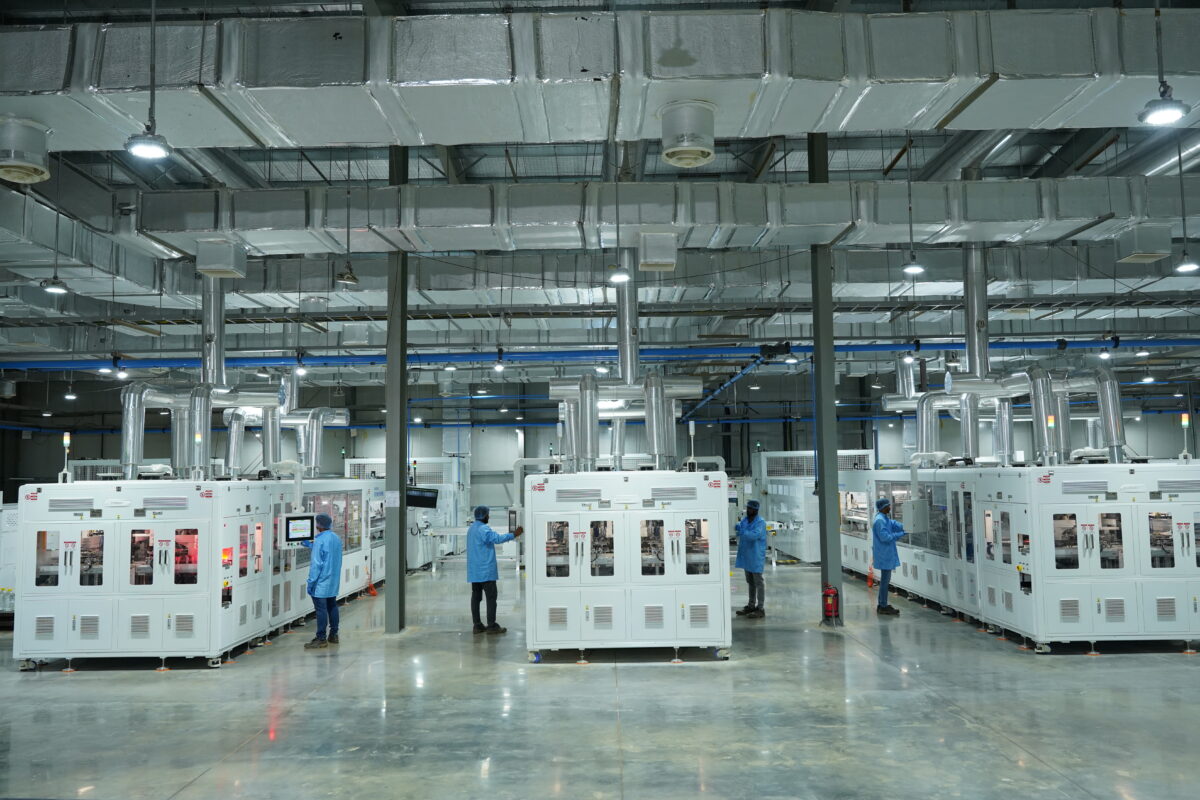



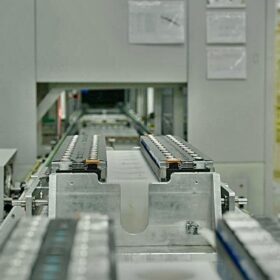
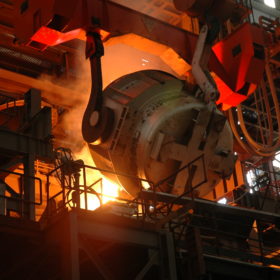
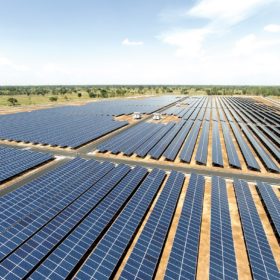
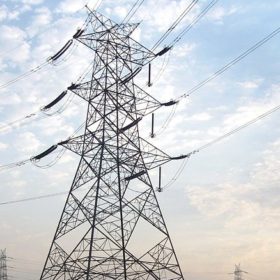
1 comment
By submitting this form you agree to pv magazine using your data for the purposes of publishing your comment.
Your personal data will only be disclosed or otherwise transmitted to third parties for the purposes of spam filtering or if this is necessary for technical maintenance of the website. Any other transfer to third parties will not take place unless this is justified on the basis of applicable data protection regulations or if pv magazine is legally obliged to do so.
You may revoke this consent at any time with effect for the future, in which case your personal data will be deleted immediately. Otherwise, your data will be deleted if pv magazine has processed your request or the purpose of data storage is fulfilled.
Further information on data privacy can be found in our Data Protection Policy.